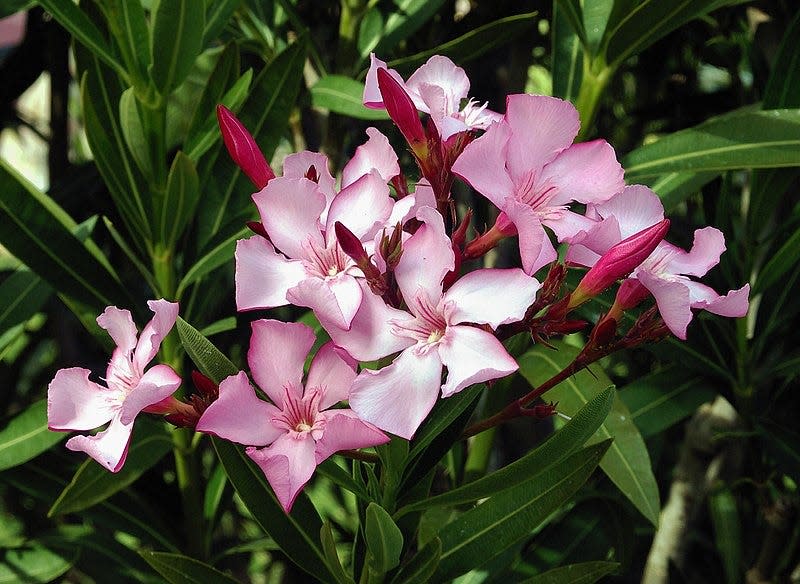Trying to make a plant thrive in a place it shouldn't? Acclimatization has limits

The word ‘’acclimate’’ is defined as becoming accustomed to new conditions. In sports, for example, an athlete moving to a distant country must become acclimated to an unfamiliar culture.
Gardeners certainly understand the process: Gradually shifting a shade-grown container plant – say, a coontie cycad – into ever-brighter locations before installing it in the ground illustrates acclimatization.
But the concept of acclimatizing plants to new conditions was considerably more grandiose a couple of centuries ago. That’s because the major gardens in Europe were being flooded with strange and wonderful tropical species that couldn’t withstand frigid winters. According to famed botanist David Fairchild, many scientists believed that plants unable to withstand frost could – within a few generations – be hardened to grow in temperate regions.
Accordingly, those early botanists established acclimatization gardens in areas where chilly weather was common but frosts were rare. I can almost picture those overly optimistic folks dreaming of bountiful harvests of mangoes, bananas and papayas in Berlin and London. But as Fairchild points out in his 1930 book "Exploring for Plants," such confidence was far from universal. Of course those pie-in-the-sky schemes didn’t succeed.
Watch out. It gets big Golden chalice vine boasts large and fragrant flowers
Bat-faced cuphea Don’t let this plant’s name scare you
Looking for indoor greenery? Ivy's in a league of its own
Let’s return to the example of preparing a shade-grown cycad to tolerate full sun. That transition, done in judicious stages, works only with plants able to thrive in both bright and dim light. While many species have that degree of adaptability, plenty of plants don’t. For instance, lady palm, cast-iron plant, bamboo palm, peace lily, clivia, holly fern and blue sage all eventually turn yellow if fully exposed to midafternoon sun.
But when sun-grown plants are shifted to moderate shade, stress is considerably lower, so acclimatization isn’t required. The plants involved – say, ixora or angel’s trumpet – may drop some leaves, but they’ll rapidly replace the lost foliage. In the case of truly sun-loving species, however, the situation is hopeless – at least where flower production is concerned. Indeed, plants such as oleander and crape myrtle in shady locations are likely to steadily decline and eventually perish from fungal maladies.
And if you’re wondering about weaning thirsty plants off heavy water usage – something I’ve been asked about – forget it. Whether roses or azaleas, the old methods (deep organic mulches and adding organic matter to hold moisture around their root zones) are the way to go. Those methods are especially effective when they’re teamed up with drip irrigation.

Plant to ponder: Spider plant
Beloved worldwide as a hanging basket subject, spider plant (Chlorophytum comosum) can also be used here as a fast-spreading groundcover in filtered light. Its white flowers, though small, appear nearly year-round. Propagate by transplanting offsets.
This article originally appeared on The Ledger: Sometimes acclimatizing a plant to new conditions is hopeless
